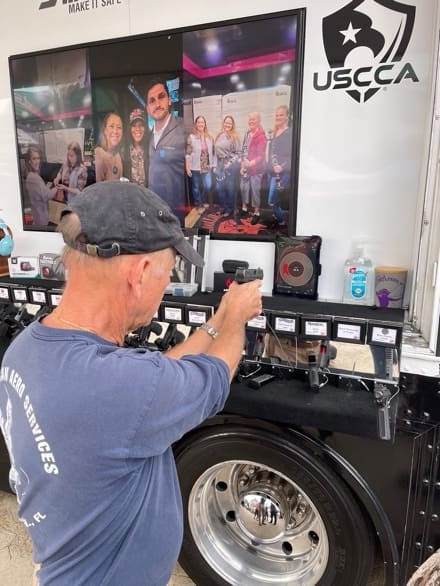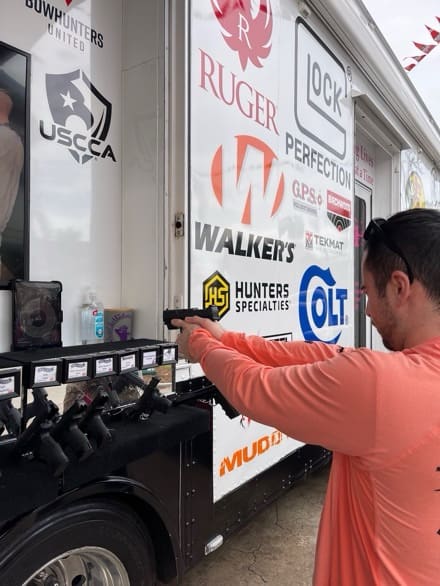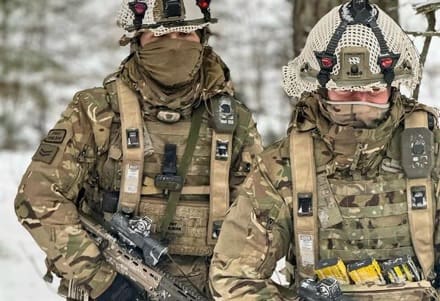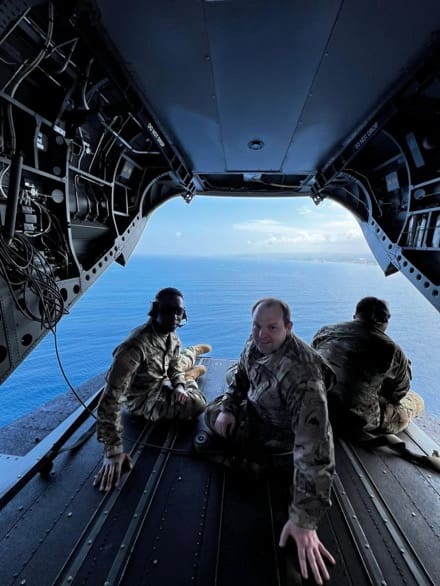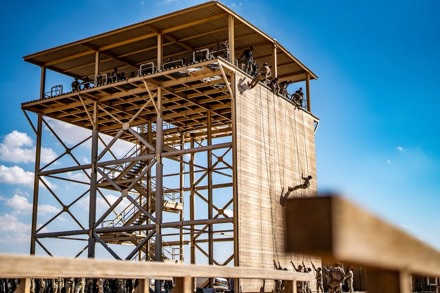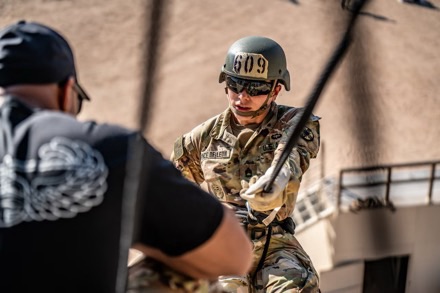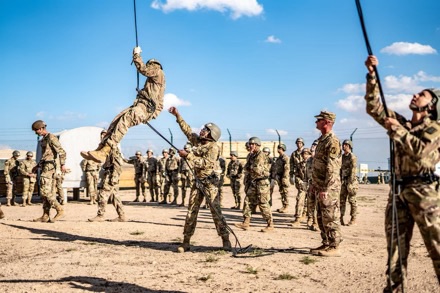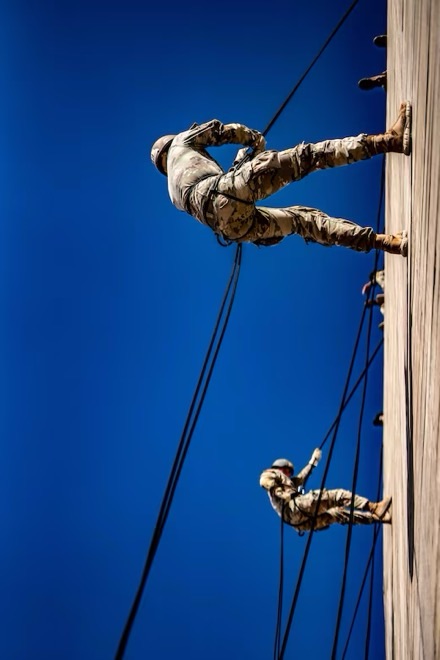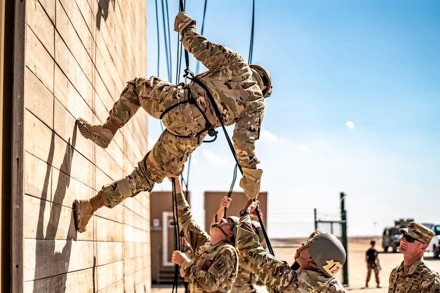JOINT BASE SAN ANTONIO-LACKLAND, CHAPMAN TRAINING ANNEX, Texas. —
The Special Warfare Training Wing hosts the grand opening of the Maltz Special Warfare Aquatic Training Center at Joint Base San Antonio, Lackland-Chapman Training Annex, Apr. 2, 2024.
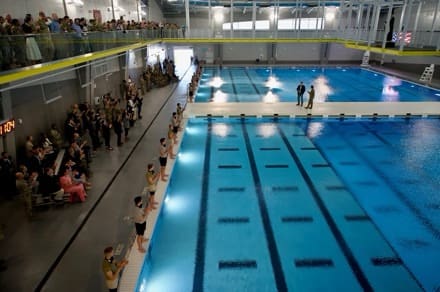
“This is a historic day for the Special Warfare Training Wing and the Air Force Special Warfare community as we come together to honor Master Sergeant Mike Maltz”, said U.S. Air Force Col. Nathan Colunga, SWTW commander. “Our ceremony today represents the culmination of years of work from countless individuals who turned the Maltz Special Warfare Aquatic Training Center from an idea into reality.”
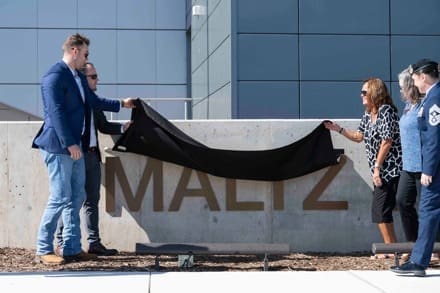
The aquatic training center is named after U.S. Air Force Master Sgt. Michael Maltz, a fallen pararescueman who made the ultimate sacrifice on Mar. 23, 2003 alongside five other crewmembers of an HH-60G helicopter when it struck a mountain during an aerial refueling attempt on the way to rescue two injured children near Ghazni, Afghanistan, living up to the pararescue motto, “That Others May Live”.
Maltz enlisted in the Air Force in 1978, serving as an apprentice cable splicer before successfully cross-training into the pararescue career field. Maltz earned his maroon beret in December 1985 and was recognized as the class Honor Graduate for his superb leadership qualities and academic excellence.
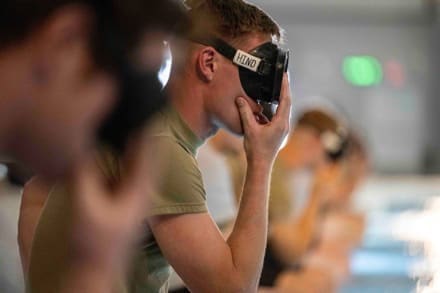
“Mike was a legend in the pararescue career field, he was admired and respected by all”, said U.S. Air Force Col. Edward “Tre’” Irick, a combat rescue officer and current SWTW deputy commander. “He was the face of pararescue recruiting and became one of the most revered Indoctrination Course instructors of my generation. He forged many of the Special Warfare Airmen who prosecuted the Global War on Terror and I can personally attest to his commitment to develop Airmen because he taught me water confidence skills when I was a young lieutenant. We honor him today by continuing to share stories about his commitment to excellence as we forge the next generation of Special Warfare Airmen.”
First initiated in 2010 and championed by the 21st Chief of Staff of the Air Force, U.S. Air Force Gen. David Goldfein (ret.), construction on the Maltz Special Warfare Aquatic Training Center began in mid-2021, finishing in early 2024. The construction was a collaborative effort between the Air Force Civil Engineer Center, the Fort Worth District of the U.S. Army Corps of Engineers, the 802nd Civil Engineer Squadron, the Special Warfare Training Support Squadron and various contractors.
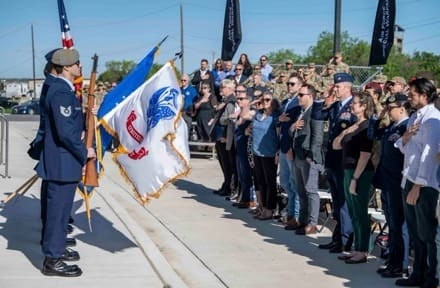
“We would like to thank all the stakeholders who came together to build the Maltz Special Warfare Aquatic Training Center,” said Colunga. “Your professionalism, speed, and tenacity in helping us build this facility is deeply appreciated. This facility will be used by countless Special Warfare trainees on their journeys to become Air Force Special Warfare operators.
The Maltz Special Warfare Aquatic Training Center is 76,000 square feet, consisting of two enclosed, climate-controlled indoor swimming pools of varying depths geared to meet the training needs for the Air Force’s global combat operations. The aquatic training center will also feature classrooms, restrooms, locker rooms, showers, various medical spaces for treatment and rehabilitation, and a human performance center.
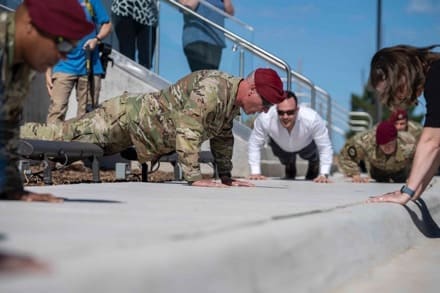
“Today’s ceremony marks a major milestone towards realizing Chapman Training Annex as the home of Air Force Special Warfare training,” said Colunga. “The Maltz Special Warfare Aquatic Center will undoubtedly be a force multiplier in our mission set, and it is only fitting that all of our trainees who will come through this facility must aim to live up to the character of Mike Maltz.”
By Special Warfare Training Wing Public Affairs
Special Warfare Training Wing



